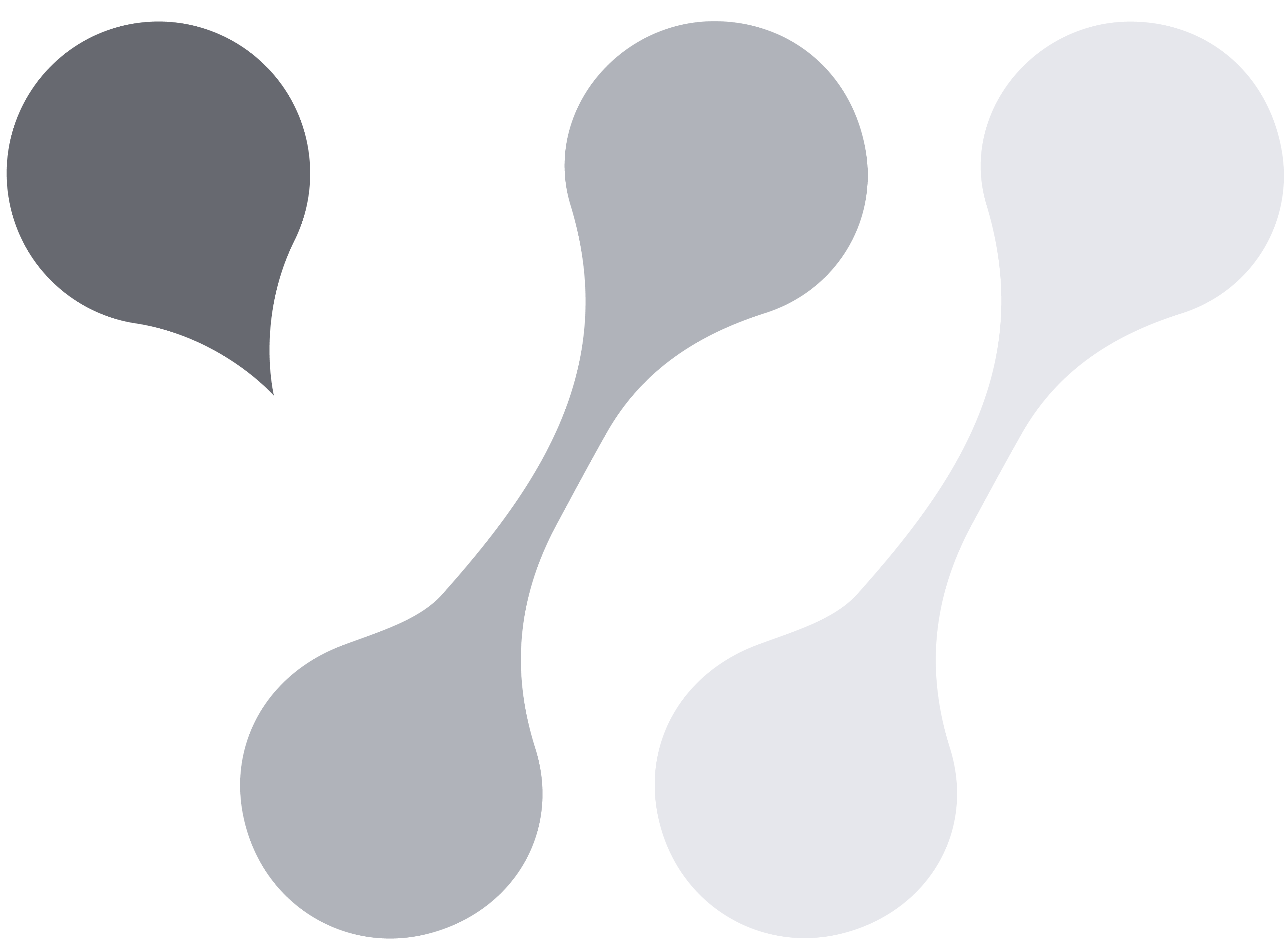Building Natasha: Our First Consistency Test with AI-Generated Avatars
- Invisible Work

- Jul 9
- 2 min read
From early experiments to a controllable digital character.
A model before Natasha
Before developing Natasha, we began our consistency tests with a different avatar — a model who helped us understand the initial boundaries of AI generation.
With her, we ran quick tests to evaluate:
Repetition of facial features across prompts
Hairstyle consistency
Expression control under different lighting scenarios
While we didn’t take this model into product integration or styled looks, she was a crucial first step. Those early iterations made one thing clear: achieving even a basic level of identity continuity required multiple tweaks, creative rerouting, and a hybrid approach between generative tools and manual post.
Why Natasha?
After learning from those early challenges, we decided to start fresh with a clearer vision: create a stylized, fashion-oriented avatar that could serve as a testbed for full-scene composition.
Natasha was built with continuity in mind from the start — not just her face, but her posture, styling, and vibe.



The challenge
Working with Natasha helped us focus our questions:
How do we maintain facial identity across changes in outfit and environment?
How do prompts, lighting and camera angles affect structure?
Can we make her "feel" like the same person across outputs?
What we learned
The results weren’t perfect — and that’s the point. Each test revealed new variables: how clothing affects facial geometry, how expression control shifts when lighting changes, or how much manual correction is still required.
But through this process, we found that consistency isn’t just about repetition — it’s about creative control. Natasha became a baseline for testing new workflows where AI generation and postproduction can meet halfway.
What’s next
With Natasha as our foundation, we’re moving forward into more complex scenes — adding motion, product interaction, multi-avatar tests, and style transfers.



Comments